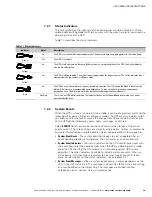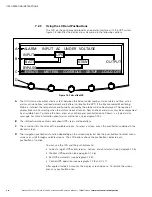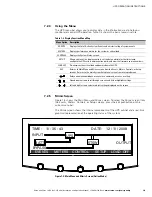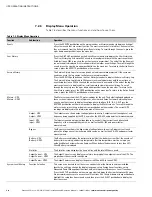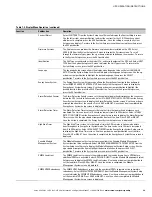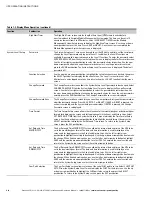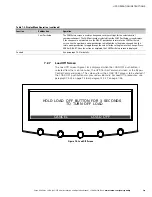
UNDERSTANDING UPS OPERATION
Eaton 9395 Plus 1 UPS (225–275 kVA) Installation and Operation Manual
S
164201710 Rev 2
www.eaton.com\powerquality
6-14
Main Power Flow
UPS 1
UPS 2
UPS 3
UPS 4
Output to
Critical Load
Battery
UPS Input
Tie Cabinet
UPS 1 Output
Bypass Input
UPS 2 Output
UPS 3 Output
UPS 4 Output
Battery
Battery
Battery
Closed
Open
Breakers
Figure 6‐9. Path of Current through the UPSs in Online Mode – Distributed Bypass
6.4.3
Bypass Mode – Distributed Bypass
In Bypass mode, the output of the system is provided with three-phase AC power
directly from the bypass input. While in this mode, the output of the system is not
protected from fluctuations, spikes, or power outages from the source. No battery
support is available to the output of the system in the Bypass mode of operation.
The distributed bypass system automatically switches to Bypass mode if it detects a
UPS system overload or load fault.
If one UPS becomes unavailable, the distributed bypass system dynamically updates
the redundancy calculation to determine if the remaining UPSs can support the load. If
the load can be supported, the system does not switch to bypass.
Figure 6‐10 shows the path of electrical power through the parallel system when
operating in Bypass mode.
In a distributed bypass system, each UPS operates similar to a single UPS, but in
parallel with each other. The bypass source for the load is derived from the bypass
input of one, two, three, or four UPSs, depending on the system configuration,
through the internal static switches. If a module is taken offline, the other modules
remain online to support the load. If more modules than can support the load must be
taken offline, the load must be transferred to maintenance bypass or shut down.
























